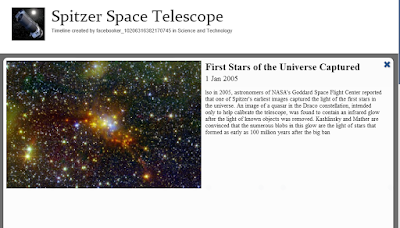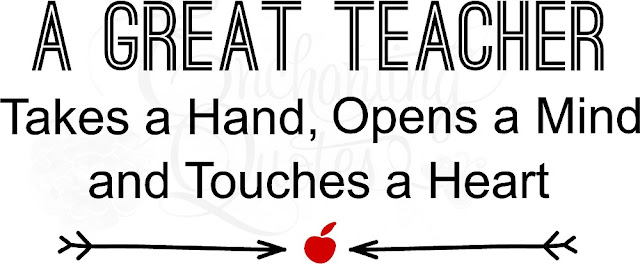Let's learn about Trade-books!
Trade-books are a great tool to use in the classroom. Trade books can be used for almost all subject areas but can be very helpful in a science classroom. They may introduce the topic to the class or relate certain facts from the topic. Students may want to read a trade book to learn more about the topic that is being taught or a discussion can be generated from this. One recommendation of the American Association for the Advancement of Science's Project was to "integrate literature into the science curriculum. While students can become engaged with scientific phenomenon through observation, recording data and designing and carrying out experiments, literature can build their understanding of scientific concepts," (Bruning & Schweiger, 1997).
Non-fiction trade books can be especially helpful in the classroom because they may help student to learn about science topics based on facts and real pictures. However sometimes fiction books may be used for a younger age level to introduce a topic. A mini library of tradebooks may be useful for an older age research a topic. The teacher may introduce a topic to the students aligned with the standards and the students can use the mini library to research the topic further. Literature and English lessons can be integrated into the lesson as well because the students may use their research and tradebooks to write about it. Students can make a fact book or a whole project based off of it.
In class, we created a tradebook project. I chose a tradebook that related to the unit plan I taught at Bishop Dunn. I taught two lessons on changes in the ecosystem. However, I was required to make a full unit plan with 3 full MSMC lesson plans and 3 mini-lesson plans. From the tradebook I picked, I created a mini-lesson. My tradebook was called Genetics The Science of Life Adaptations by Susan Schafer. When I went to the library to find my tradebook, I also found many tradebooks that could have been used for this lesson. It would be a great idea to bring several tradebooks into the classroom when focusing on this lesson and unit for the students to read and get a better understanding of what they are learning about. With so many pictures and many fun facts it can help intrigue the students in learning and engage them even more into the lesson.
The book I chose for my project is a great book for students above 3rd grade. Although many younger students would enjoy exploring and looking at the pictures, the book includes a decent amount of information that would be difficult for a younger student to read. I chose this books because it related directly with the main part of my lesson plans. It went into depth of animal adaptations. It provided information about the various adaptations that animals must experience and also the causes of these adaptations. The book also describes the different adaptations that occur within particular ecosystems. This was especially important because prior to our lesson the students learned about the ecosystems that were mentioned in the book. Overall, the book is a great resource of information for students to learn from. It provides great pictures and diagrams on each page to go along with the text and at the end of the book is a list of resources to visit/read, a glossary and some extra fun facts. Another great feature of this book is that there is a textbook that can be bought to go along with it. This can definitely be used at higher grades if needed. As stated in the article Beyond the Talking Groundhogs: Trends in Science Tradebooks, "evidence supports the fact that books, especially informational books, can effectively support science instruction in elementary classrooms. Our research indicates that teachers have heard the call for the increased use of such texts as evidenced by the trends in science books selected for inclusion on the annual TC list. Whether the topic is the life cycle of sea turtles or the molecular structure of water, teachers can broaden students’ exposure to science vocabulary and concepts through the inclusion of high quality books in a manner that textbooks and worksheets often fail to do." (Broemmel & Rearden, 2008). Many times textbooks only provide a small brief amount of information of given topics but tradebooks can help students to explore further and learn more about science.
I created two projects based on my tradebook. Rather than filling out the information in the chart that Dr. Smirnova provided for us, I decided to go the extra mile and make a glogster with the information instead. My glogster includes the name of the book and the ways it may be incorporated into a classroom, the standards associated with it, important information about it including the author and the ISBN number. To make my glogster more interesting I also included many pictures of animals and the link to my movie trailer. Here is the link to my Glogster!
My book trailer was the second project I made for the tradebook. The book trailer is what I call "The hook for the book". The hook is supposed to reveal some brief information about the book but more important it should engage the people watching it and intrigue them into reading it. I used a website called animoto to create my book trailer. This was a great website because it was simple to use and allowed me to include music, pictures and text. I have worked with animoto once before and have always had a great experience with it. I would highly recommend it to others. My book trailer included brief adaptation facts from the book and included pictures and interesting dramatic music to get the people watching more interested. The trailer I made was designed to interest the listeners and interest them into reading the book. Below is my animoto video I hope you enjoy it! If the video does not work properly or is unclear, the link to it is here. A book trailer or story board is a great way to interest students in the classroom into learning a bit about a book and to pull them in to want to read it. I will definitely be using book trailers in my future classroom! I hope you enjoy it!





































